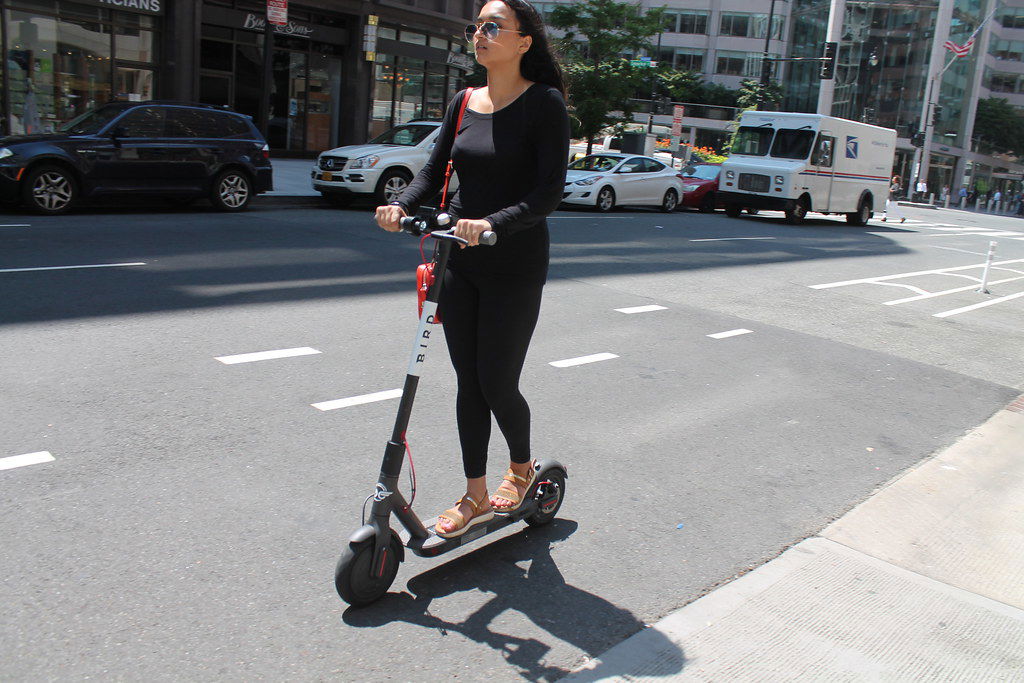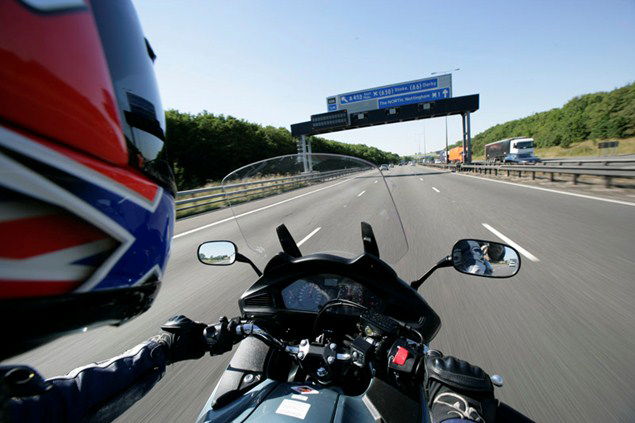ACEM claim some autopilot cars fail to detect motorcycles
ACEM (the European Association of Motorcycle Manufacturers) has released a paper that sets its position on how it feels automated safety features on cars could negatively impact motorcycles.

THE paper notes several concerns (that most motorcyclists have had for some time) with not just the sensors that now shroud modern cars in an electronic bubble, but also the way in which some of these systems can be and used.
ACEM is a bit like the MCIA but covering the whole of Europe and they aim to ensure that motorcyclists and the motorcycle industry get a fair slice of representation. This paper specifically tells motor manufacturers across the globe, how it feels about the cars they are producing, specifically ones that include passive or active autonomous safety features.
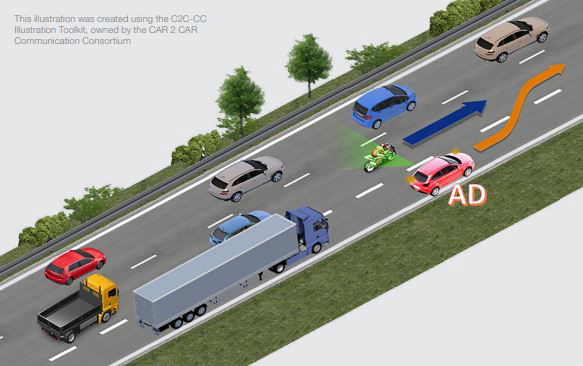
The first strike for robot drivers comes as ACEM refer to a Dutch study carried out to test how well adaptive cruise control was at detecting motorcycles on the road. You can read the full study here but, trust us, the results were not good.
ACEM says, “In some cases, modern cars do not have robust enough equipment to detect motorcycles. Several accidents in Europe and the US with cars ‘on autopilot’ indicate that some cars failed to detect motorcycles in all situations. Today, in some driver handbooks, one can find statements such as “the system may not detect small vehicles like motorcycles”, which is simply not acceptable from a safety point of view.
We find it shocking that a vehicle can be homologated for the road and passed clear and safe to use, when it features a system that might not detect any number of vulnerable road users (VRUs), including cyclists. Surely a system that when in use limits the driver's interaction with the vehicle, and their concentration on the road, should be totally able to pick up on and take action when all road users are detected – not just cars, vans and trucks?
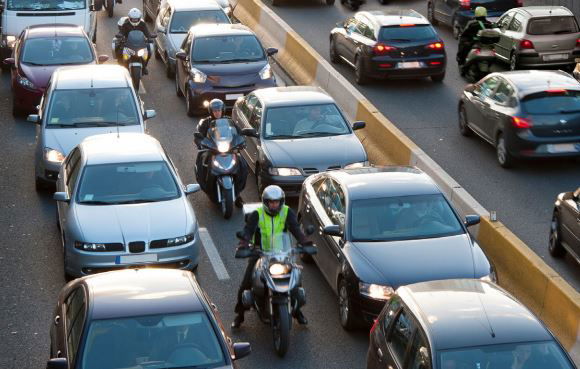
They go onto say, “The car industry is ready to introduce automation levels 3 and 4 vehicles into the market. As of level 3, which is expected to be introduced in the near future, the responsibility for control is transferred, at least temporarily, to the vehicle which must, therefore, have an observation and interpretation capability on a par with, or better than, a human driver.
“Consequently, level 3 vehicles will have to be able to recognize the complex manoeuvres commonly undertaken by motorcycles in ordinary traffic (e.g. lane utilization, lean for cornering, lane splitting and weaving in traffic, etc.). The behaviour of drivers of different vehicle classes, especially motorcyclists, may vary considerably.”
ACEM also state that some of the safety systems fitted to cars work well, but only some of the time. And that when level 3 autonomy comes in (where the care takes control of itself and the driver can sit back) the level of competency displayed by the electronics must be “on a par with, or better than, a human” when it comes to observation and interpretation of what is going happening on the road ahead.
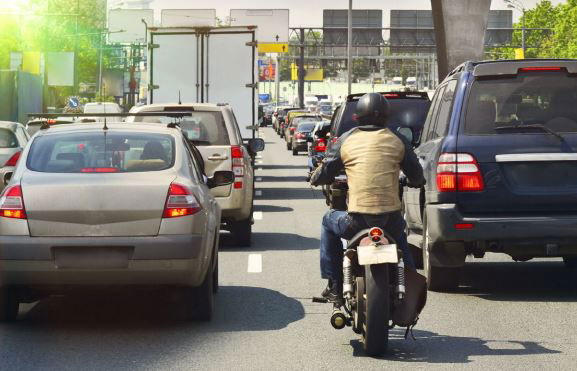
As we reported some time ago, electric car wonder-marque Tesla uses a system of scanners, radar and lidar currently, which cannot clearly define a motorcycle. Sometimes the system would place a filtering motorcycle in the centre of the lane and in some cases the bike was not picked up altogether.
ACEM board members are far and wide, with some of the biggest names in motorcycling – Honda, Kawasaki, Ducati, BMW, Triumph, Yamaha, Suzuki… the list goes on – wishes to use the paper as a spring board to open negotiations with the motor industry, with a view to easing the concerns mentioned and ultimately make the roads safer for all VRUs.
It creates a worrying scenario for us motorcyclists as we could be innocently and legally filtering along with traffic, without any inclination that a car being driven autonomously is ahead of us and could potentially not have seen us and at the last-minute change lanes.
Would you trust the computer?
